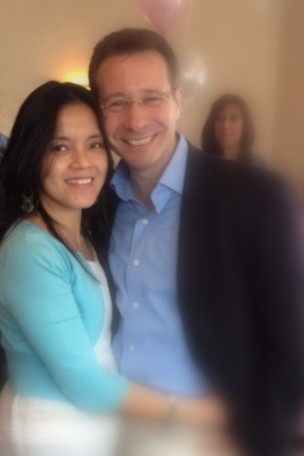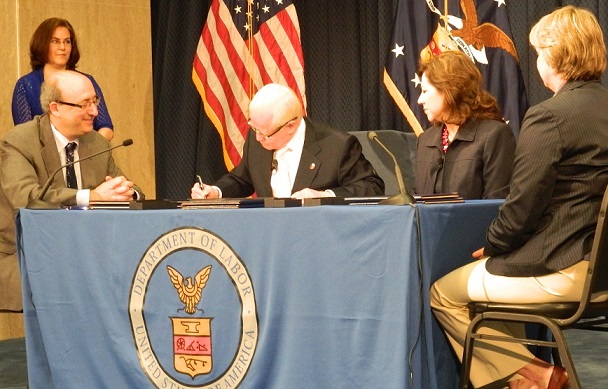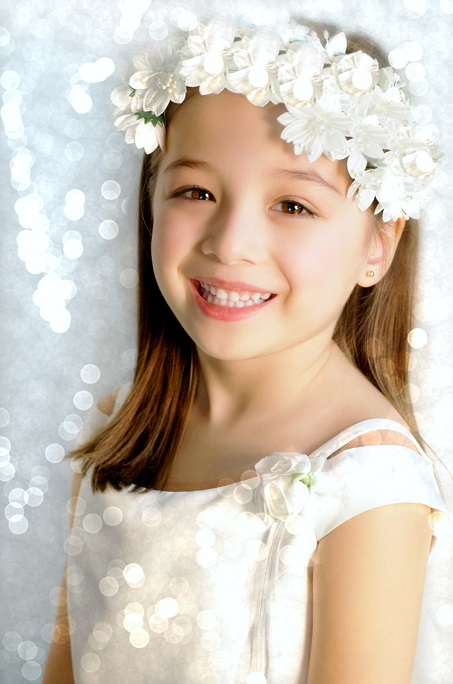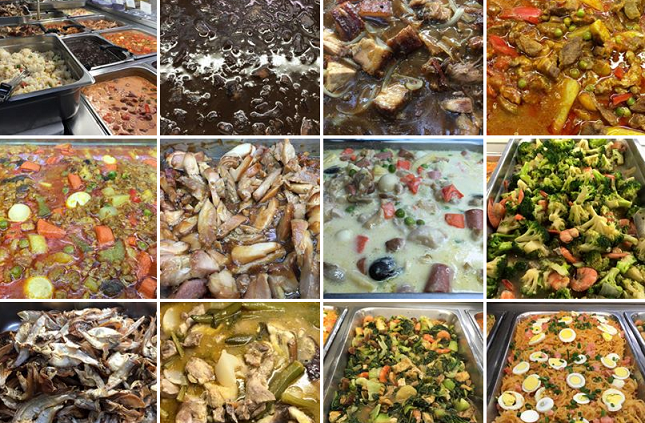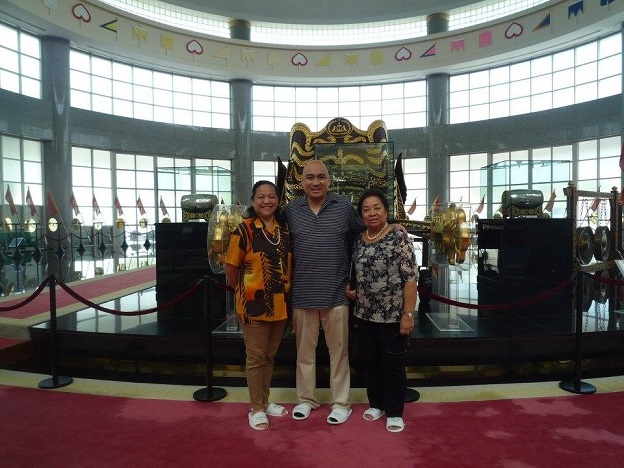Brunei: Not quite tropical paradise, but very cosmopolitan and peaceful

The Sultan Omar Ali Saifuddien Mosque with its pure gold dome that can be seen from anywhere throughout Bandar Seri Begawan. Photos by Wendell Gaa
By Wendell Gaa
The chill of the winter season provides the perfect alibi to determine one’s next travel destination to revolve around three things: sun, sand and palm trees. Now, if you are willing to expand your tropical traveling tastes a little bit to something other than the Philippines, then the small Southeast Asian nation of Brunei Darussalam is just the ideal place for you to discover, as I personally found out on my recent winter holiday trip.
Yes, Brunei doesn’t come across as the idyllic paradise getaway, but it does have a tropical climate, and more to offer than its tiny geography belies. Traveling there was quite easy for my mother and I coming from Manila, as the flight to Brunei was only a mere two hours. We were privileged guests of the Philippine Ambassador to Brunei Meynard Montealegre, a family friend of ours who years ago served under my Dad, the late Ambassador Willy Gaa, at the Office of Asian and Pacific Affairs of the Philippine Department of Foreign Affairs in Manila. Also fetching us from the airport was our longtime family friend, the Philippine Embassy’s finance officer Marden Garduque, along with his own family, who had years ago also served under my Dad when he was the Ambassador to Tripoli, Libya in the 1990s and in Canberra, Australia in the early 2000s.
Ambassador Montealegre revealed several interesting facts about Brunei, including how it is quite a young nation having gained its independence from the British in 1984. Within that relatively short span of time, Brunei has emerged to become a first-world developed nation, largely attributed to the fact that it has rich petroleum and natural gas fields, and much of its economic development is also due to the strong leadership of its internationally famous Sultan Hassanal Bolkiah (his full name is much longer than that!), one of the world’s wealthiest men.
A fascinating tidbit of history that was revealed to us was that present-day Brunei was actually a part of an extensive Islamic sultanate empire which at the height of its territorial might in the late 15th century to early 16th century, encompassed regions in the Philippines which included Seludong, or the area where Manila is currently located today. Their religious and cultural legacy seems pretty evident in several parts of Muslim Mindanao, where there are people who still traditionally live the way their ancestors had for centuries before the arrival of explorer Ferdinand Magellan. Ambassador Montealegre further explained to us interesting meanings behind some local names and titles in Brunei, such as how the word “bin” infers respect and position in many Bruneian-Malay societies.
The Embassy’s dedicated cultural officer Eleanor Belgica then led us on our grand tour of the capital city Bandar Seri Begawan. I observed how the roads were clean and orderly, and that there were abundant lush trees along the highways as well, almost as if this small sultanate we were exploring resembled an “Islamic Singapore.” And yes, as with Singapore, the sweltering humidity of the region can be unbearable at times, but you can take some consolation that there is air-conditioning in almost every building here.
We observed how people in this devout Muslim country dress and behave conservatively. Although nightlife in terms of partying and bar-hopping is practically non-existent here, Brunei society is peaceful, modern, cosmopolitan, and religiously tolerant, and some of the warmest and friendliest people in Southeast Asia which I’ve met are the Bruneians themselves.
As with many former British colonial outposts, a lasting legacy of their commonwealth era has been widespread use of the English language in this region, with an added unique and amusing local lingua flavor. If Australians commonly use the term “Mate” and Jamaicans often address fellow friends and compatriots as “Mon,” then the local Malay colloquial word trait here would have “Lah” end in many everyday sentences (ex: “I need to buy a few groceries from the supermarket-Lah”).
We immediately took the time to stop by the city’s two main mosques, the Jame’Asr Hassanil Bolkiah Mosque and the Sultan Omar Ali Saifuddien Mosque. The Bolkiah Mosque, to my surprise, was built fairly recently back in 1992 to commemorate the 25th year of the reign of the Sultan himself. This religious complex is impressively adorned with 29 golden domes, which signifies how Brunei’s current sultan is the 29th ruler in his family’s entire ruling dynasty. Visiting the mosque’s interior is permitted for non-Muslims during non-prayer hours provided that you respectfully remove your shoes to walk inside. The inside was just as marvelous to look at as the exterior, particularly the woven rugs placed across the men’s prayer hall. The Sultan leads national prayers from this mosque, and his own personal escalator to his private entrance to the worship complex can also be seen inside. Later in the evening, we saw how truly illuminating and magnificent this mosque can appear.
We then stopped by the Saifuddien Mosque, named after Sultan Omar Ali Saifuddien III (father and ruling predecessor of Sultan Hassanal Bolkiah), which is also attractive and considered to be one of the most beautiful religious buildings in the entire Asia-Pacific region. Constructed in 1958, we saw how this mosque radiantly blends Mughal and Italian architectural design styles. Its main dome consists of pure gold, and can be seen from practically everywhere throughout Bandar Seri Begawan. The mosque is situated in an artificial lagoon, and throughout the compound one can find golden domes, marble minarets, and a blooming courtyard surrounded by floral gardens and trees.
Moving on to the Royal Regalia Building museum in the city’s Jalan Sultan area, we saw an astounding display of exhibits dedicated to the country’s reining Sultan. At the main gallery we found a vast collection of documents which accounts the Sultan’s entire life from his childhood upbringing to his coronation. Most remarkable for us though was the gallery display of the national gifts presented to the Sultan from several international Heads of State, including gifts from past Philippine Presidents Corazon Aquino, Fidel Ramos, and Joseph Estrada.
Exploring Brunei is surely a memorable experience due to the peace and orderliness of its society, but it’s the warmth of the people here which will have the most lasting impression long after your visit ends.

